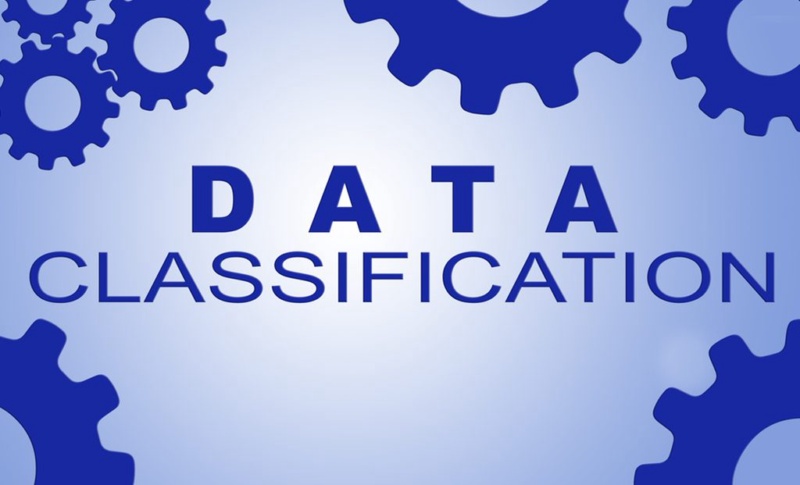Managing and safeguarding information has become paramount for organizations of all sizes. However, before organizations can hope to protect their data, they must know what they have. Classifying company information is the foundation of knowing what protections to put into place, and where. Some classification systems can be quite complex, such as a records schedule with dozens if not hundreds of categories. A more agile classification system that focuses on information security is a system based on data sensitivity. In this post, we’ll explore this type of information classification and offer some illustrative examples.
- Public Information
Information that is not sensitive and can be freely shared with anyone, both inside and outside of the organization.
Example: A company’s press release announcing a new product or an official government notice available on public platforms. Such information is designed to be available to the general public and does not require any security controls.
- Internal Information
This classification denotes information that, while not being public, is not overly sensitive either. It should be accessible within the organization but isn’t meant for external dissemination.
Example: An organization’s internal newsletter or a departmental memo. While there’s no harm if such information leaks outside the organization, it’s typically intended for internal audiences only.
- Confidential Information
This is sensitive information that requires protection. Access should be limited and granted only to authorized individuals or groups.
Example: Financial reports, business strategies, and employee personal information. Such information can be harmful to an organization if exposed to unauthorized individuals or competitors. Thus, protective measures such as encryption or password protection might be applied.
- Secret Information
Information that carries extreme sensitivity and demands a high level of protection. Access is typically highly restricted to a select group of authorized individuals.
Example: Proprietary formulas, source codes for software, and patented processes. Unauthorized access to such information can severely damage an organization’s competitive position or infringe upon intellectual property rights.
- Top Secret Information
The highest level of information classification. Disclosure of such information can result in exceptionally grave damage, especially to national security. Access is limited to a minute group of authorized individuals with a clear need-to-know.
Example: In a government context, this could be intelligence reports that, if leaked, might jeopardize national security. In a business context, this might be merger and acquisition plans or negotiations that have significant financial implications.
Why is Information Classification Vital?
With the rising threat of cyber-attacks and information breaches, classifying information based on sensitivity is more important than ever. Through this process, organizations can ensure they allocate resources effectively, safeguarding the most sensitive information first while allowing ease of access to less critical information. Additionally, it aids in risk management by highlighting the potential vulnerabilities associated with various information types. It also ensures compliance with regulations and enhances the overall efficiency of an organization’s information security strategy.
By understanding the intricacies of information classification and the diverse ways it can be applied, organizations can navigate the complexities of managing information with precision and efficiency. To explore how information classification can be seamlessly integrated into your management strategy, consider Rational Enterprise’s Rational Governance.




